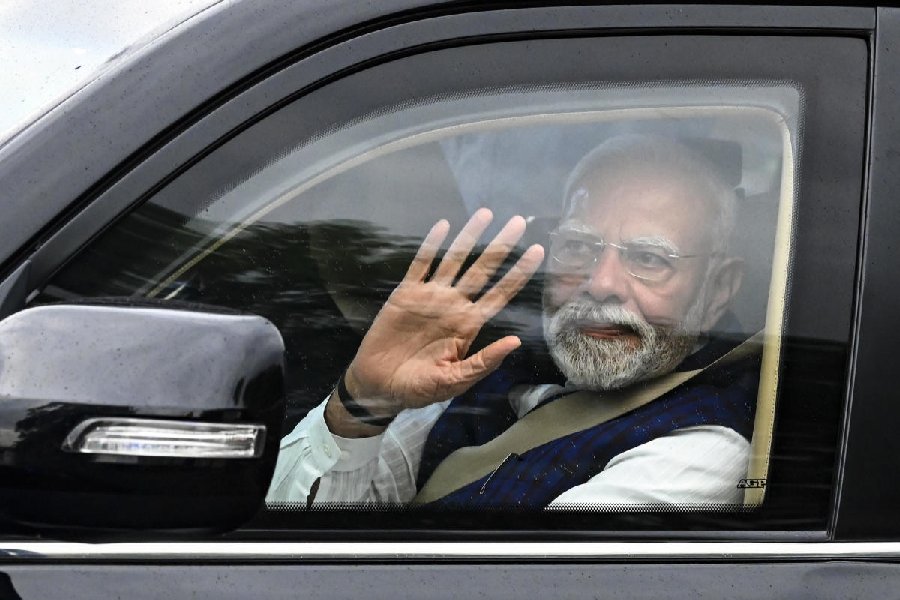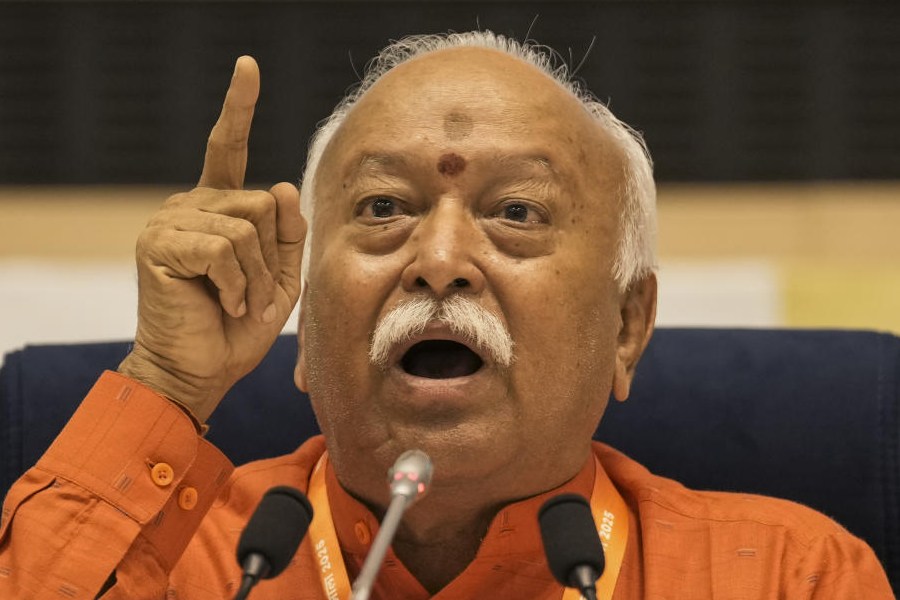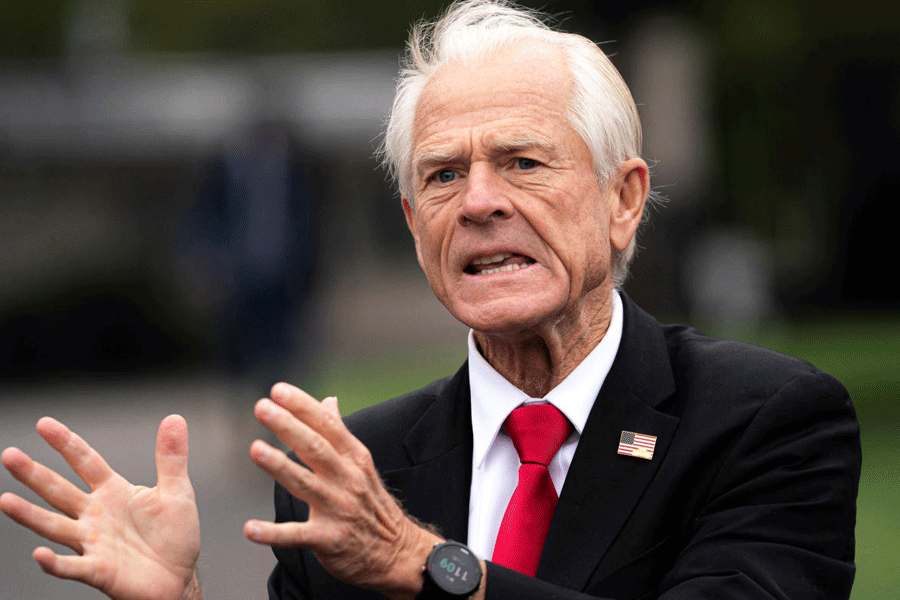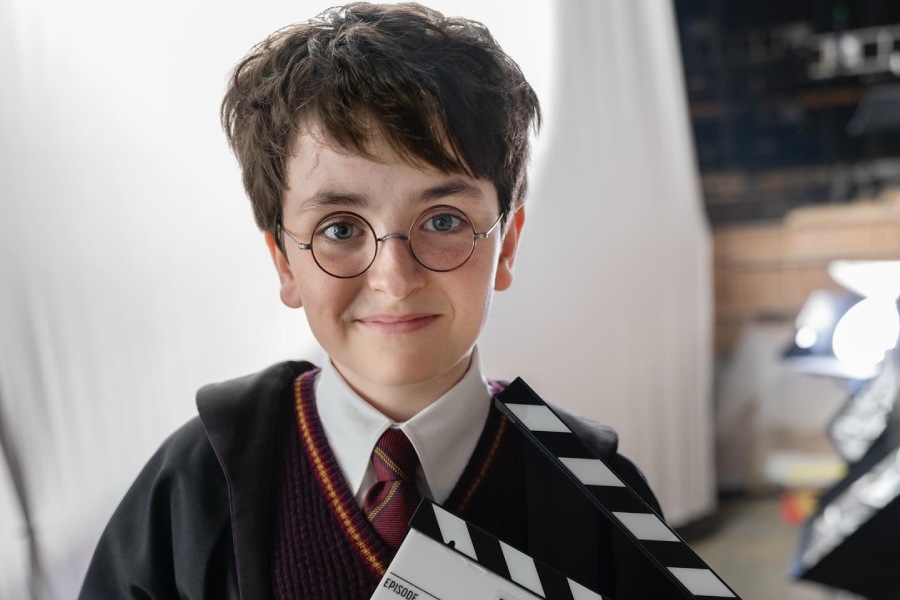.jpg)
The chronology of events related to the Supreme Court verdict allowing a “living will” for passive euthanasia
May 11, 2005: Supreme Court takes note of PIL filed by NGO Common Cause seeking permission to allow terminally ill persons to execute a living will for passive euthanasia. Court seeks the Centre’s response to the plea asking for declaration of “right to die with dignity” as a fundamental right under right to life
Jan 16, 2006: Court allows Delhi Medical Council to intervene and asks it to file documents on passive euthanasia
April 28: Law Commission suggests a draft bill on passive euthanasia and says such appeals be made to high courts that should decide based on expert opinion
Jan 31, 2007: Supreme Court asks parties to file documents
March 7, 2011: The court, on a separate plea on behalf of Aruna Shanbaug, a nurse living in a vegetative state at a hospital in Mumbai since a sexual assault in 1973, allows passive euthanasia in general if the request comes from the family or “next friend”. But it identified the staff of KEM Hospital, where she had worked and lived since the assault, as “next friend”. The staff did not want passive euthanasia
Jan 23, 2014: A three-judge bench led by then Chief Justice P Sathasivam starts final hearing in the case
Feb 11: Delhi Medical Council files copy of proceedings of International Workshop for Policy Statement on Euthanasia in India and court reserves verdict
Feb 25: Court cites inconsistencies in earlier verdicts on passive euthanasia and refers the PIL to a constitution bench
July 15: A five-judge bench commences hearing
Oct 11, 2017: Five-judge constitution bench led by Chief Justice Dipak Misra hears arguments and reserves the verdict
January 2018: An elderly couple in Mumbai, Narayan Lavate (88) and his wife Iravati (78), who have no children or siblings but are in reasonably good health, appeal to President for permission for active euthanasia, saying they should not be made to wait to die till they are afflicted by a serious ailment
March 9, 2018: SC recognises “living will” made by terminally ill patients for passive euthanasia.

.jpg)








